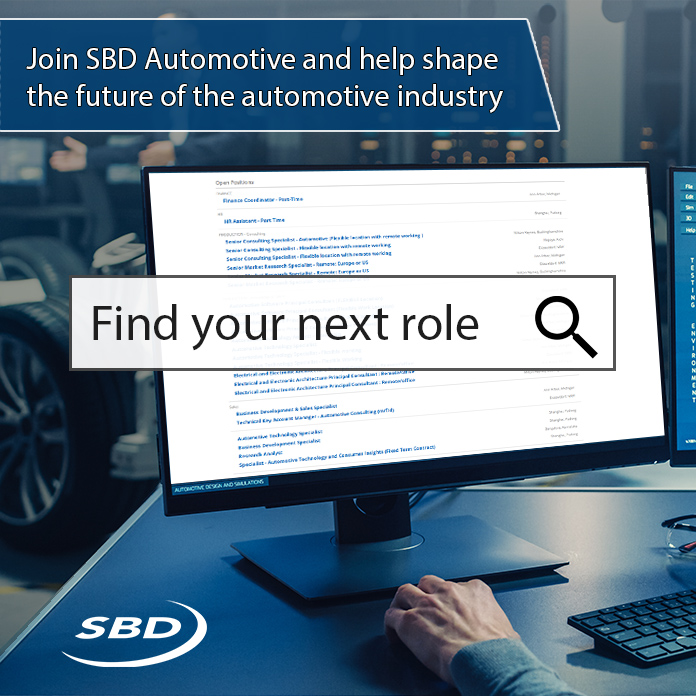The technology company Continental and the Pioneer Corporation have signed a strategic cooperation agreement. Their integrated infotainment solution means both partners create a holistic user experience that is specially aimed at the Asian market. Continental integrates Pioneer’s entire infotainment subdomain into its high-performance computer for vehicle cockpits as part of the agreement. Integration of such extensive software packages into a complex overall solution such as the cockpit high performance computer (HPC) from Continental offers vehicle manufacturers a much greater degree of flexibility regarding the development of cockpit systems. Such flexible solutions are crucial for future developments in order to meet both the trend toward centralized vehicle architecture as well as increasing software complexity along with the rapidly growing range of functions in the cockpit.
This will require increasing strategic collaboration between several specialist partners in the future. Continental and Pioneer clearly demonstrate how flexible and comprehensive such collaboration models can appear in the field of centralized cockpit systems with integration of the entire infotainment domain into a holistic system. The electronics company Pioneer, headquartered in Japan, is one of the specialists in the car entertainment sector and provides this expertise as part of the collaboration. Alongside the Cockpit HPC, Continental will be providing the partnership with its extensive integration expertise.
Decisive Advantage of Flexibility
Up to now, the human-machine interface in the vehicle was essentially made up of two separate areas implemented on two displays: The actual driver information in the instrument cluster and the center-stack display, which is for the driver and front passenger. The infotainment aspect was concentrated on the center-stack display. This architecture is no longer ideal due to the increasing interconnectivity of information, services and functions. Instead, the cross-domain solution of the Cockpit HPC has all displays and operating elements in the vehicle merging into a holistic user interface.
This means that content can be shown regardless of display limits and also be individually arranged by the user. It is therefore ensured, in potentially critical situations, that only the information that is really needed at the respective moment is displayed as a priority. This prevents the driver from receiving too much information or being distracted. On the other hand, the driver is also provided with all the services and apps in automated driving mode that can otherwise only be found on the front passenger’s side. Such improvements in comfort and safety are made possible by an electronic architecture, which separates all different systems and operating systems on a single piece of hardware that can be updated or amended on an ongoing basis. For this to happen, it must be possible to host software from many sources on a single, high-performance computer regardless of hardware. The two partners are using the flexibility of the Continental high-performance platform as part of such collaboration.
































